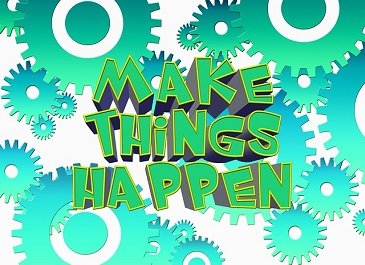CII submits recommendations to DoP
August 11, 2015 | Tuesday | News | By BioSpectrum Bureau
CII submits recommendations to DoP
CII suggests establishing medical technology hubs in each zone
The Confederation of Indian Industry (CII), has submitted several key recommendations to the Department of Pharmaceuticals (DoP) with regards to the infrastructure support required to boost manufacturing in the medical technology sector in line with the Government's "Make in India" mission.
Regarding implementation of the Preferential Market Access (PMA) Policy in medical equipment and device, the industry members recommended promoting the components and ancillary industry without which "Making in India" is not possible in this technology-driven sector.
The chairman of CII Medical Technology Department, Mr Himanshu Baid, said "Without the availability of indigenous components, the PMA policy will not yield any results, as already seen in the electronics and IT hardware sector since the last four years. Before the implementation of PMA policy in medical devices and equipment sector, there is a need to properly analyze the components manufacturing capabilities in India."
CII has emphasized the importance of recognizing the fact that the manufacturing business case in India is quite challenging. While the labour costs are lower in the country, the capital investment and productivity of the labour are critical limiting factors to the manufacturing business case. Combined with approval delays, this makes the manufacturing environment quite challenging for entrepreneurs.
"Access to low-cost capital through soft loans, subsidized land, and assured power and water supply combined with tax incentives and single-window clearance, would certainly build a stronger business case in India," said Mr Pavan Choudary, co-chairman, CII Medical Technology Department.
Some of the recommendations by CII include, Attracting big global medical technology companies to India will help create a base which will then build up the components ecosystem. This, in turn, will enhance local capabilities, enable Indian companies to get access to components and greatly enhance the local manufacturing capability. Establishing medical technology hubs in each zone (north, south, east and west).Manufacturing incentives like tax support and low-cost funding (5% lower rate than the bank lending rates) to spur investments and make the business case attractive. Concessional power tariff in manufacturing hubs. subsidized land prices for setting up medical devices industry in medical technology hubs. Inverted duty structure should be corrected. Customs import duty on raw materials should be lower than finished goods. Four percent Exports Incentives for the sector should be given.
According to the industry body, "India is already a large producer of disposables and consumables in India, and export incentives are available for some products. CII has emphasized the need for further capacity building in this segment and focus on quality enhancement for further reduction in imports. The industry needs to get exposed to the learnings of evolving quality standards from countries which have had a head-start in innovations in this space. This will help improve the overall quality standards in India."
There are several misconceptions being spread about the medical technology industry amongst stakeholders. Therefore, it is important to build a positive environment which makes a business case and opens doors for investors to start manufacturing in this sector, thus paving the way for the 'Make in India' initiative, said CII.










